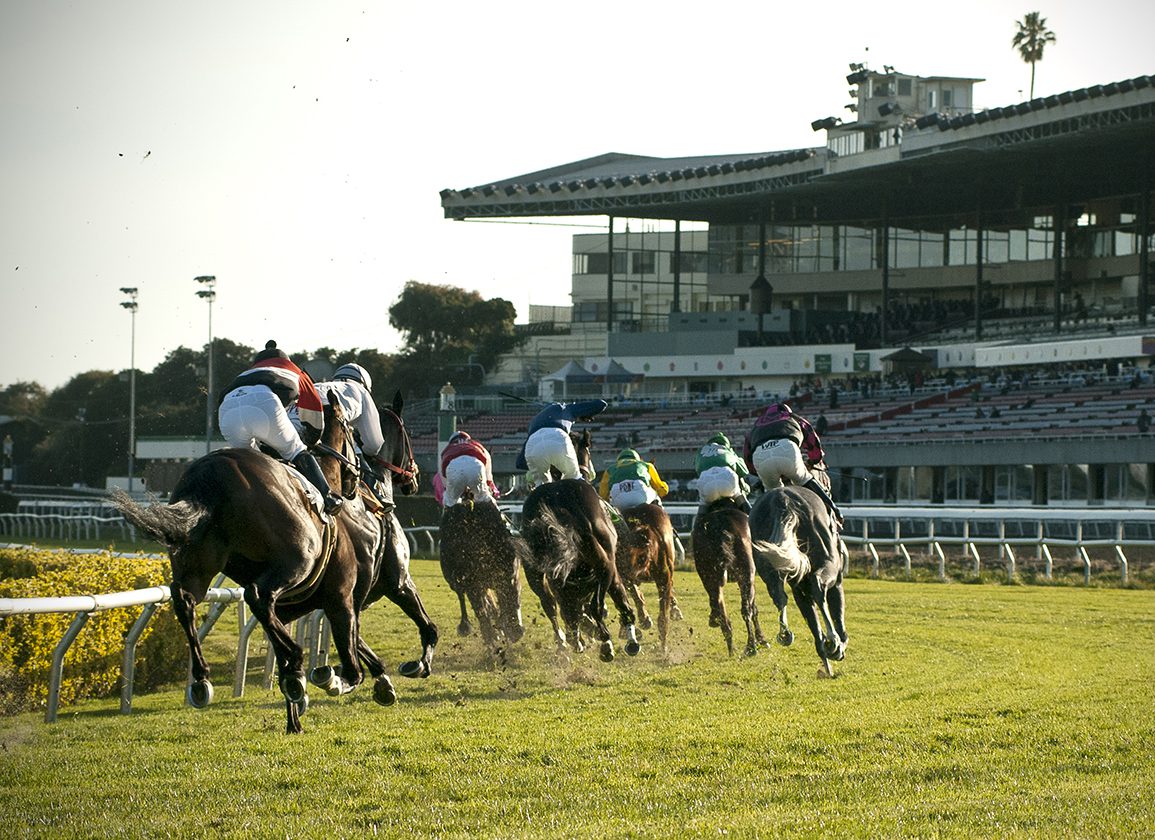By T. D. Thornton
The California Horse Racing Board (CHRB) on Thursday approved a calendar that fleshed out the Northern California racing schedule through mid-September 2024. But the initiative still left race-date gaps late in the year that must be addressed both for next season and the future as stakeholders and regulators attempt to realign the circuit in the wake of news that Golden Gate Fields will not be part of the racing landscape beyond next June.
Back on July 16, 1/ST Racing, which owns both Santa Anita Park and Golden Gate Fields, announced that Golden Gate would cease racing at the end of 2023. That timetable was later revamped by 1/ST Racing, which earlier this month announced that it would keep NorCal's last remaining commercial track open through mid-June of 2024 in an effort to provide stability for a circuit that will soon have to rely on extended fairs racing to remain viable.
Prior to the CHRB's 7-0 vote on Sept. 21 to approve 2024 dates for the work-in-progress circuit, Scott Chaney, the board's executive director, explained that even though a measure of short-term certainty would be achieved, at some near-future point everyone involved in the process would have to deal with the “elephant in the room” that will arrive in the form of Golden Gate not opening on Sept. 11, 2024, for its traditional autumn meet.
Chaney outlined two likely post-Golden Gate scenarios: That entities wanting to conduct new race meets will “find a home for dates and make more of a year-round racing calendar,” or the NorCal circuit will morph into “a really great fair season each summer, and [then try] to take care of those horses that might not have a place to run in Southern California” while NorCal racing goes dark, perhaps for months at a time.
“So I think that's what's facing the industry going forward,” Chaney said. “We've kind of kicked the can down the road a little bit, and I really appreciate [the six-month Golden Gate extension]. But the hard decisions, we've really just forestalled them for a few more months.”
Chaney also underscored that any entity wishing to fill the NorCal dates void would be advised to get its act together sooner rather than later, “because we have humans and horses that we have to think about come the end of fair racing next year.”
Chaney read into the record the schedule the commissioners approved. At least for right now, it will look like this for 2023-24:
“Golden Gate Fields from late December through June; followed by the normal four weeks of Alameda County Fair; followed by the normal three weeks at Cal Expo; followed by Santa Rosa, who is requesting and is interested in an additional third week, and then followed by Ferndale, who also is interested in a third week,” Chaney said.
“So that takes us through Sept. 10,” Chaney said. “The one remaining fair would be Fresno, and they are requesting the first two weeks of October. So that leaves the last few weeks of September, and then mid-October through December, unallocated.”
Larry Swartzlander, the executive director of California Authority of Racing Fairs, told the board prior to the vote that, “We would like to see the dates awarded for the fall period, but at this point we don't have a definite location.”
CHRB vice chair Oscar Gonzales tried to strike a positive tone by pointing out that while not perfect, the NorCal situation is not as bleak as it looked two months ago when the bombshell Golden Gate news first dropped.
“We definitely want to reassure Northern California horsemen, breeders and owners in particular, that racing will continue; that this board is going to do everything that we can,” Gonzales said, alluding to the work that still needs to be done.
Bill Nader, the president and chief executive officer of the Thoroughbred Owners of California (TOC), pledged his organization's support for NorCal, and he said the TOC recognized the important role the circuit plays in the state's overall racing.
But Nader did express concern about a third week of racing at Ferndale, which he said averaged only 5.12 starters per race over two weeks this summer.
“So to stretch it to three weeks, from the TOC point of view…I just think it might be one step too far,” Nader said, adding that keeping the Ferndale meet at two weeks, at least for now, “would make better sense.”
Swartzlander defended Ferndale based on its small-track aesthetics trumping the low number of starters.
“When you talk about the number of horses, last year we had 5.02, which was less than we had this year,” Swartzlander said. “Every year Ferndale is basically in that category. You know, I can't applaud it or say negatively against it. It is what it is. And if you've been up there–great fans; have a good time–it's just a good atmosphere. And I believe with the third week, and also you change the playing field in Northern California, [we] expect to have better support.”
Gonzales pointed out that by allocating dates on Thursday, the CHRB wasn't outright approving a three-week license for Ferndale. That decision to grant actual licensure will happen closer to the race meet's start, which is standard procedure for the CHRB. Gonzales said if veterinarians and other CHRB staffers at that time present evidence that three weeks at Ferndale would be too much of a strain or a stress on horses, the board will address the issue.
Not a subscriber? Click here to sign up for the daily PDF or alerts.






